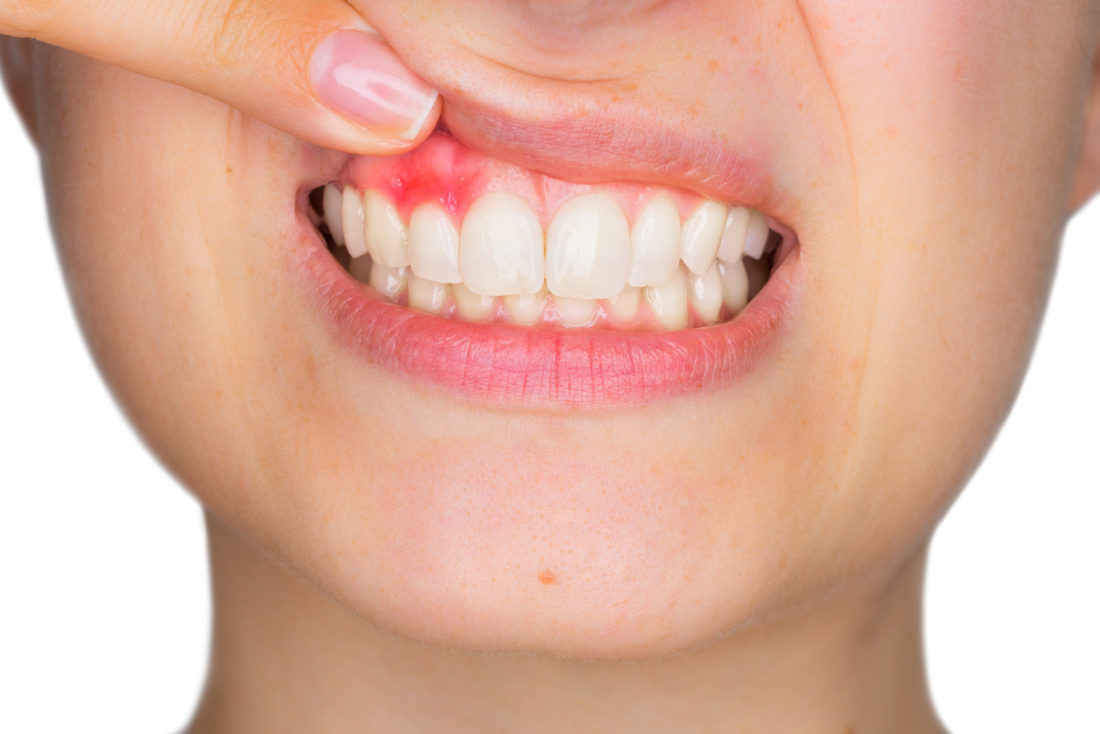
Do you see pink in your sink when you brush your teeth? If so, your gums may be giving you a cry for help.
The causes of bleeding gums vary depending on a few factors, such as your overall health and brushing style. Some causes are easy fixes; others may require dentist intervention. We’ve laid out a few reasons why you may be seeing pink in your sink.
1. You’re Brushing Too Hard
Hard brushing hurts your gums in the long run. While gums can withstand a dental cleaning, brushing hard every day leads to gum recession and sensitivity. It can also wear down the enamel on your teeth. Brush gently to avoid this.
New toothbrushes may also cause bleeding gums. Hard bristles tend to be too tough on gums and cause bleeding, even if you aren’t brushing too hard. Make sure you pick out soft bristles when replacing your toothbrush.
2. You Have Underlying Health Issues
Bleeding gums is a sign that you may have gingivitis. Gingivitis refers to inflammation caused by plaque and bacteria buildup. If it’s not treated in time, it can lead to periodontitis, which is much more severe.
Other non-dental health conditions may contribute to bleeding gums. Blood disorders, infections, vitamin deficiencies, and hormonal changes all may cause your gums to bleed. Talk to your primary care specialist if you think you have an underlying health issue that is impacting your dental health.
3. Your Medication Is Interfering
Some medications, such as blood thinners, cause gum bleeding because they decrease your blood’s natural ability to clot.
Anti-depressants may also cause gum bleeding because one of the main side effects is dry mouth. If you’re taking anti-depressants, keep yourself hydrated to avoid your mouth from getting too dry.
4. Your Flossing Habits Need Work
Brushing keeps the surface of your teeth clean, but it doesn’t reach between your teeth. Daily flossing is a vital step that keeps your teeth and gums healthy by keeping bacteria and plaque away from small gaps.
If you’re flossing for the first time in a while, your gums may need to get used to it. Keeping up with regular flossing should eventually alleviate bleeding.
If you’re regularly flossing and still notice bleeding, you may be flossing too hard. You should gently rub the floss between your teeth and avoid pulling your gum tissue to vigorously. Most importantly, take your time! Each flossing session should take around two minutes.
5. Your Diet Needs Improvement
Diet has a significant impact on your health, including the health of your teeth and gums. The right diet for a healthy mouth involves calcium, phosphorus, and vitamin C.
An unhealthy diet is detrimental to dental health. Drinking and eating too many acidic foods, for example, wears down on tooth enamel and leads to unhealthy gums. You should also avoid sugary foods, as it may lead to cavities.
Stop the Causes of Bleeding Gums
Unfortunately, there are many causes of bleeding gums. Ensuring the health of your gums requires proper care and diligence. With a healthy routine and regular dentist visits, your gums will stay healthy, and your sink will remain pink-free.
Ready to handle your bleeding gum issues? Request an appointment online today!
